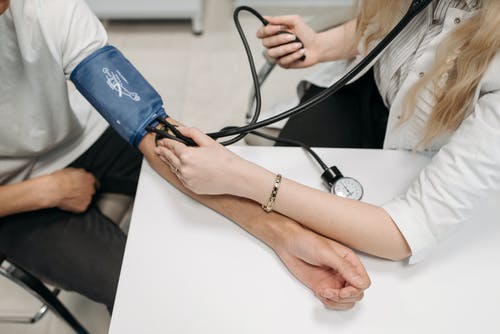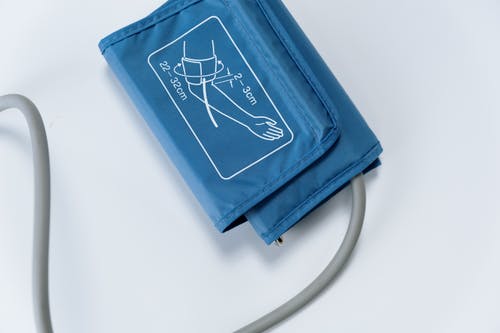High blood pressure is increasing in low- and middle-income areas, study shows.
A new study shows, over the past thirty years, hypertension in adults worldwide has increased from “650 million to 1.28 billion.” This is a significant jump, and thus, it is important to understand why it occurred and what to do about it. The data also reveals that half of those with high blood pressure don’t know they have it.
For the study, “Hypertension was defined as systolic blood pressure of 140 mm Hg or greater, diastolic blood pressure of 90 mm Hg or greater, or taking medication for high blood pressure.” WebMD lists risk factors for hypertension to be “obesity, drinking too much alcohol, smoking, and family history.” It is easily diagnosed and treatable if a patient suspects they have it. Beta-blockers are commonly prescribed to control blood pressure. However, hypertension can be fatal if left untreated.
WebMD also indicates, “Raised blood pressure (BP) is responsible for 7.6 million deaths per annum worldwide (13.5% of the total), more than any other risk factors. Around 54% of stroke and 47% of coronary heart disease are attributable to high BP. Over 80% of this burden occurs in low- and middle-income countries (LMIC).”

Another study that was published in the Journal of Hypertension in 2011 suggests high blood pressure “contributes to cardiovascular death among people below the hypertensive threshold of 140/90 mmHg. Hypertension remains ‘the silent killer’. Reductions in the burden of [blood pressure]-related death require the parallel application of the population strategy at community level and the clinical strategy focusing on new and improved treatments for people with hypertension.” It is considered a ‘silent killer’ due to patient misunderstanding of symptoms and failing to associate them with hypertension. Eventually the heart gives out.
The most recent study was led by researchers at Imperial College London and the World Health Organization (WHO) and was published online in the August 24 edition of the Lancet. Researchers also presented their findings on August 30 at the European Society of Cardiology (ESC) Congress 2021.
Senior author of the current study, Majid Ezzati, PhD, Imperial College London, and the noncommunicable disease risk factor collaboration (NCD-RisC) analyzed data from “1201 population-representative studies, involving 104 million people from 184 countries, covering 99% of the world’s population.”
“There is a massive gap in treatment, with a large percentage of people with hypertension who are not treated or even diagnosed,” Ezzati said. “Where progress in treatment has been good, it has been a combination of general improvement in access to healthcare, through universal insurance and also basic availability of health centers and health workers; encouraging physicians/health workers to regularly measure blood pressure through guidelines and training; and availability and affordability of medicines.”
The team found that, worldwide, there has been a noticeable “shifting of the issue from high-income countries, where rates of hypertension have declined, to low- and middle-income countries and central and eastern Europe, where rates have not changed much or gone up,” Ezzati explained. This means that preventive care efforts and awareness should be particularly focused towards populations in these areas.
Sources:
Hypertension Has Doubled Globally Over 30 Years


Join the conversation!